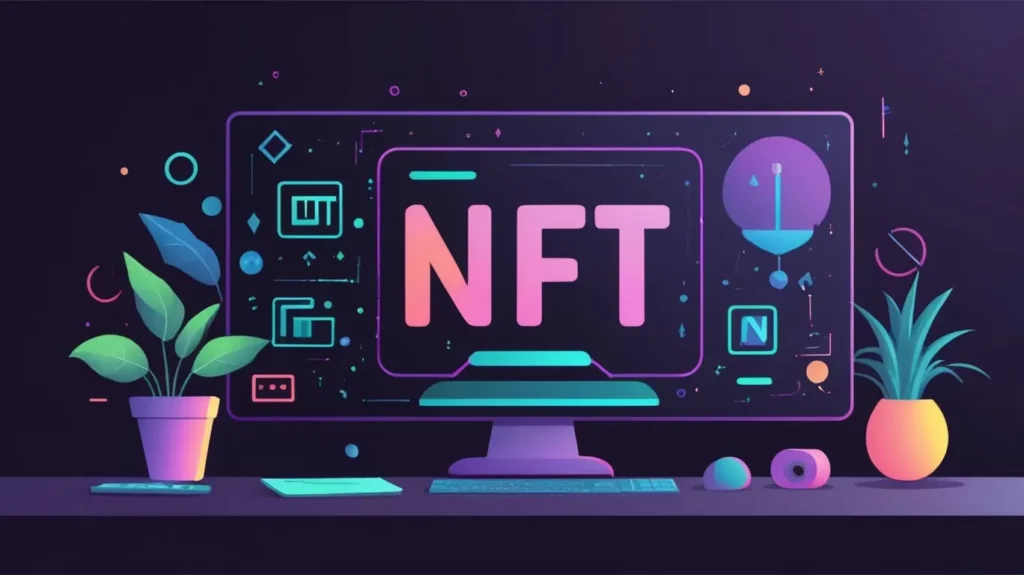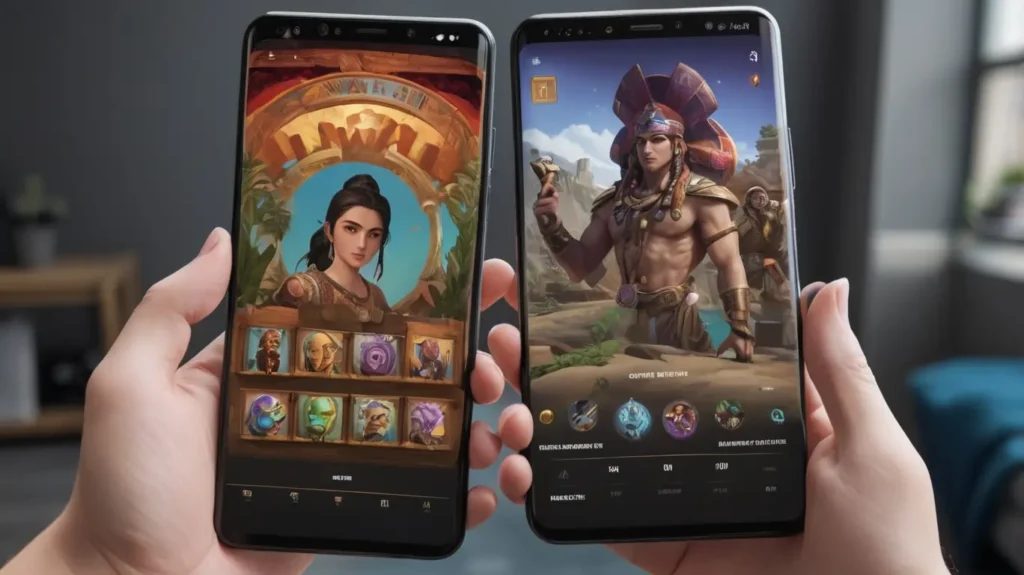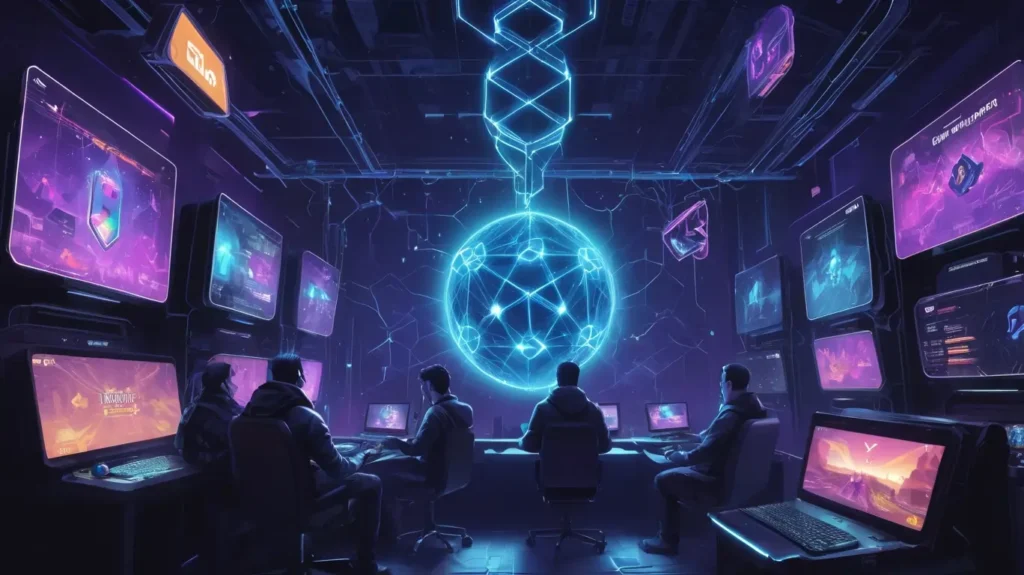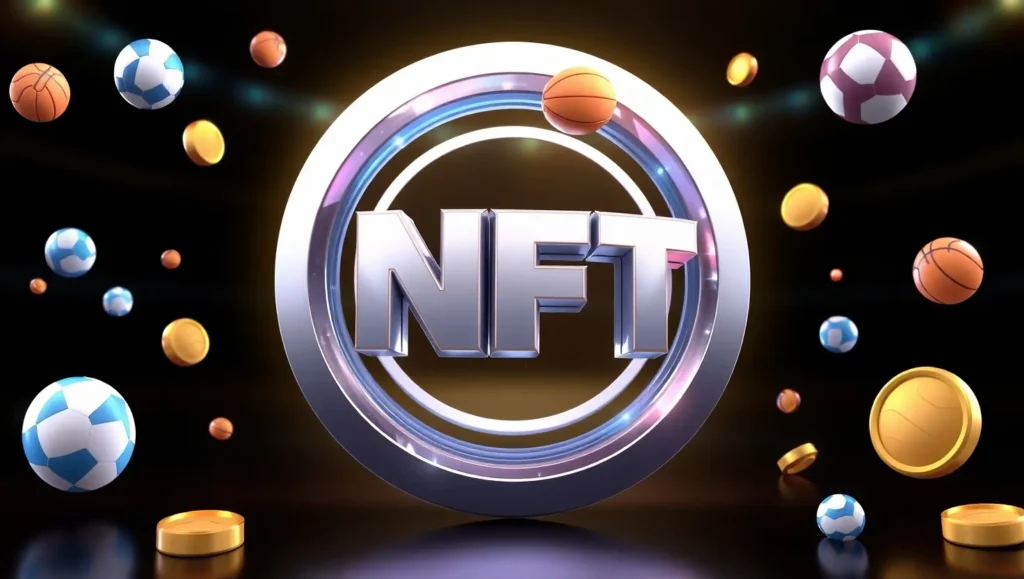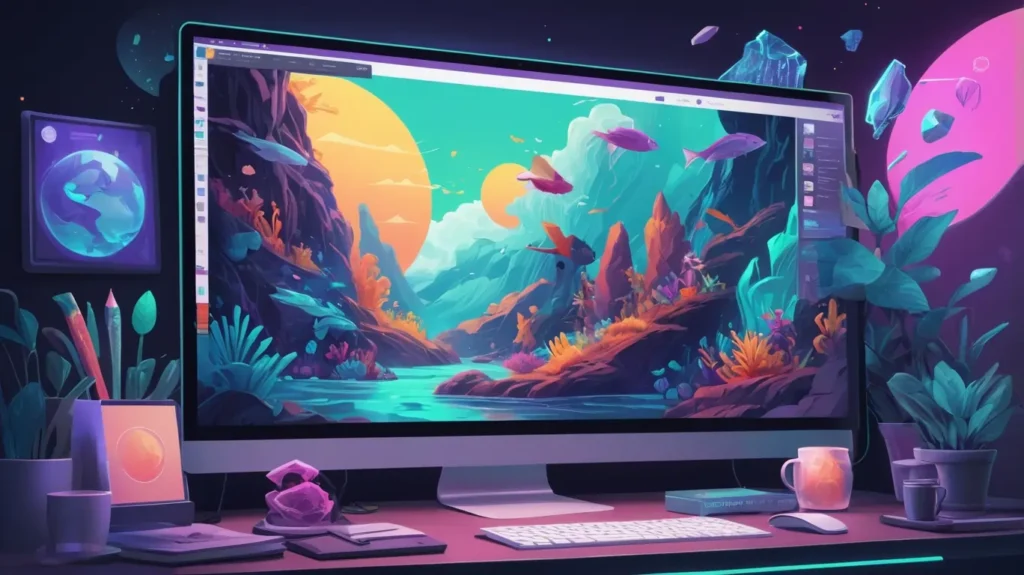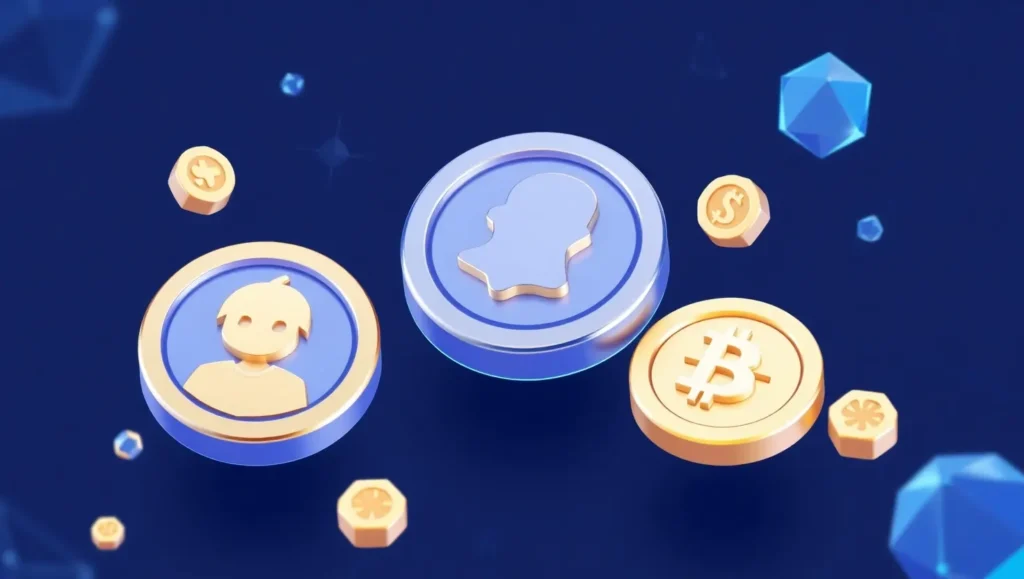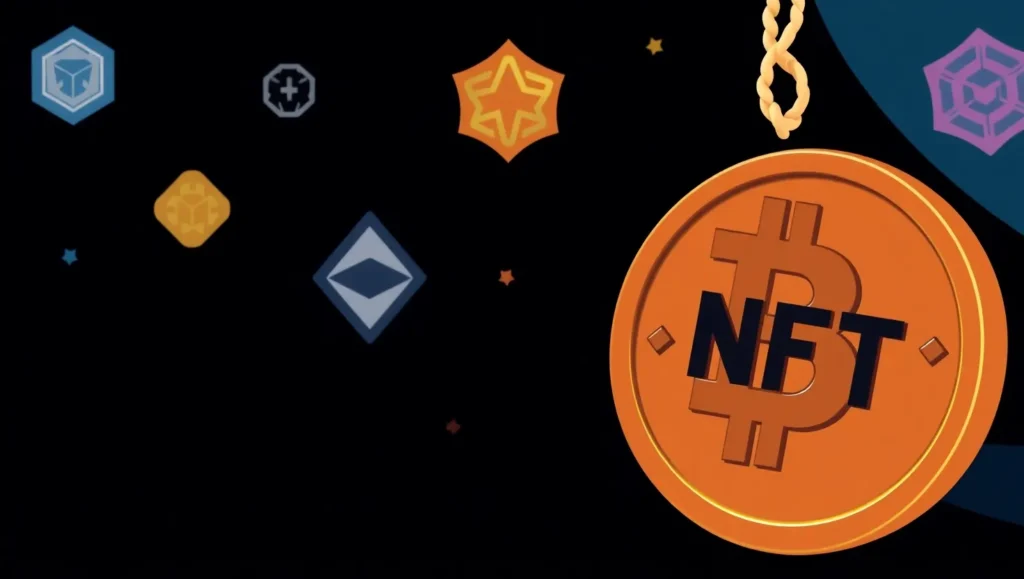NFTs have opened doors for artists, musicians, and creators, turning the creative landscape into a dynamic marketplace where digital goods can be owned, sold, and traded. Join us as we embark on a journey to explore the intricate process of how to mint NFTs and unlock the potential that awaits in this digital frontier.
Why Mint NFTs?
Minting NFTs is akin to bringing your most cherished creations to life in the digital realm. This process empowers creators by turning digital files into unique, immutable assets recorded on the blockchain. Imagine having your artwork or music piece not just displayed but owned with verifiable authenticity. This control over provenance and scarcity offers a novel way for creators to engage with their audience, ensuring that each NFT carries a distinct story and value.
NFTs provide artists with a channel to monetize their work directly without intermediaries, breaking free from traditional gatekeepers of the art and music industry. The allure of perpetual royalties—capturing earnings every time the NFT is resold—ensures that our creative endeavors continue to yield benefits long after the initial sale.
To help you get started with a visual guide, you can watch this step-by-step guide by OpenSea:
Choosing a Platform
A significant step in minting NFTs involves choosing the right platform. With numerous options available, each platform offers distinct characteristics that cater to different artists’ needs. OpenSea, known for its extensive user base, provides a versatile marketplace for creators of all levels. Rarible takes a community-driven approach, enabling users to earn governance tokens and participate in platform decisions. Foundation offers a more curated environment, often involving an invitation process, which helps maintain a higher standard of artwork.
When selecting a platform, consider factors such as transaction fees, user engagement, and feature sets—some platforms may offer more sophisticated tools for artists to connect with their audience or to create interactive NFTs.
Creating an Account on a Chosen Platform
Once we zero in on a platform, setting up an account typically involves connecting a digital wallet. This wallet acts as our gateway to the blockchain, securing our assets and processing transactions.
Platforms like MetaMask provide a user-friendly interface to manage these interactions, but it’s crucial to safeguard account details with robust security measures to prevent unauthorized access.
Preparing Your NFT
Create, imagine, and synthesize—this is where the heart of an NFT project lies in the matter of how to mint NFTs. The artistic process involves crafting a digital masterpiece, whether it’s an eye-catching illustration, a captivating video, or a rhythmic music piece. After creating the artwork, the next step is setting up the metadata: a powerful storytelling tool that includes a description, attributes, and royalty settings. Think of metadata as the narrative cloak that wraps your NFT, enticing potential buyers with context and depth.
When preparing an NFT for upload, consider the format and quality of the digital file. High-resolution and optimized file types ensure that the artwork is presented in its best light, capturing the essence and richness of our creative vision.
Minting Your NFT
With our digital creation ready, it’s time for the metamorphosis—minting the NFT involves uploading our file to the chosen platform. Setting a price or opting for an auction depends on our strategy; should we go for a fixed price to assert value or let collectors engage in fierce bidding? Each approach has its perks, and understanding market trends can guide this decision.
An essential factor to consider is the gas fees, which are the transaction costs on the blockchain. These fees fluctuate based on network demand, so minting during off-peak times can help minimize costs. Keeping an eye on gas trackers will save you from unexpected hits to your budget.
Promoting Your NFT
Promotion is the crescendo in the NFT lifecycle. Our creations, once minted, require the spotlight to shine bright across the digital realm. Social media platforms—Twitter, Instagram, and Discord—are invaluable tools for reaching potential buyers and building a following. Engaging with the community, sharing your creative journey, and soliciting feedback can bolster interest and trust.
Listing on NFT aggregators further amplifies visibility, pulling in audiences from various marketplaces in connection with how to mint NFTs. Consider joining artist collectives or participating in online exhibitions to tap into networks that align with your artistic ideals.
Additional Considerations
Entering the NFT space requires awareness beyond creativity. Protecting intellectual property is paramount—we must ensure that the work we’re minting is rightfully ours or properly licensed. Copyright issues can be complex, so seeking legal advice might be beneficial for avoiding potential disputes.
Understanding taxes and regulations is another critical aspect. Each jurisdiction has specific rules about how cryptocurrency and NFTs are taxed. Consulting with a tax professional can save headaches later on. Lastly, security is an ongoing concern. Always double-check transaction details and be wary of scams and phishing attacks that target NFT creators and buyers.
Finishing Thoughts
How to mint NFTs is more than just a transaction; it’s a doorway into a novel art culture poised for the digital age. By transforming our creative work into NFTs, we extend its reach and lifespan, engaging new audiences and establishing a unique digital legacy. Whether you’re a seasoned artist or a curious newcomer, the NFT space holds endless potential waiting to be unlocked.
1. Can I mint an NFT for free?
Some platforms offer lazy minting, which allows you to mint NFTs without upfront costs. Fees are charged when the NFT is first purchased.
2. What is the best time to mint an NFT to save on gas fees?
Gas fees are typically lower during weekends or off-peak hours in major time zones. Tools like Ethereum Gas Station can help you monitor and choose optimal times.
3. How can I ensure that my NFT stands out in the marketplace?
Focus on high-quality imagery and compelling metadata. Engaging storytelling and active community participation can also elevate your NFT’s presence.
